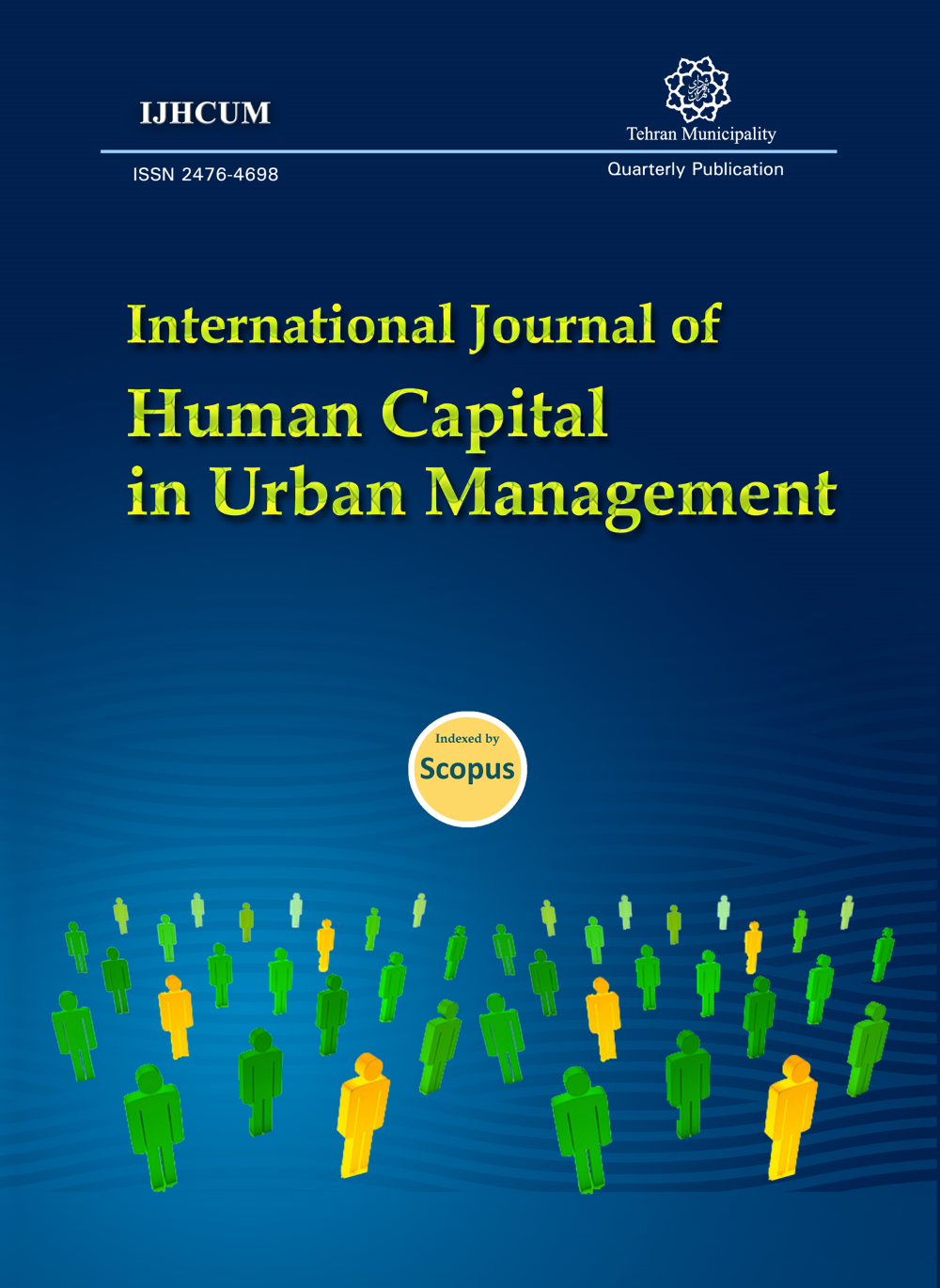Document Type : ORIGINAL RESEARCH ARTICLE
Authors
Faculty of Economics and Business, University of Muhammadiyah Yogyakarta, Indonesia
Abstract
BACKGROUND AND OBJECTIVES: As organizations seek effective ways to lead in a dynamic world, servant leadership will likely remain relevant. Servant leaders focus on serving others and nurturing the growth of employees to create positive work environments. However, there still exists a gap in the literature on the link between servant leadership and work engagement. Thus, this study aims to investigate the relation between servant leadership and work engagement by exploring the mediating role of affective commitment and job satisfaction.
METHODS: Using a purposive sampling process, self-administered questionnaires are distributed to 154 employees working in Central Java – Indonesia public health institution from March to June 2023. Partial least squares-structural equation modeling (PLS-SEM) with SmartPLS 3.0 software is utilized to analyze the data.
FINDINGS: The results indicate that servant leadership has a significant direct effect on affective commitment (β = 0.321, t-statistic = 3.226, p < 0.05) and job satisfaction (β = 0.429, t-statistic = 5.556, p < 0.05). Furthermore, it is found that affective commitment (β = 0.527, t-statistic = 8.518, p < 0.05) and job satisfaction (β = 0.306, t-statistic = 4.275, p < 0.05) significantly affect work engagement. This study, upon further investigation, reveals that affective commitment (β = 0.170, t-statistic = 3.079, p < 0.05) and job satisfaction (β = 0.131, t-statistic = 3.179, p < 0.05) significantly mediate the relationship between servant leadership and work engagement.
CONCLUSION: The results from PLS-SEM analysis reveal no direct relationship between servant leadership and work engagement. Additionally, the roles of affective commitment and job satisfaction are found to mediate the relationship between servant leadership and work engagement of employees in public health institution. When employees are satisfied and feel emotionally connected to their leader and organization, they are more likely to find their work meaningful and enjoyable, leading to higher levels of work engagement.
Keywords
Main Subjects
OPEN ACCESS
©2024 The author(s). This article is licensed under a Creative Commons Attribution 4.0 International License, which permits use, sharing, adaptation, distribution and reproduction in any medium or format, as long as you give appropriate credit to the original author(s) and the source, provide a link to the Creative Commons license, and indicate if changes were made. The images or other third-party material in this article are included in the article’s Creative Commons license, unless indicated otherwise in a credit line to the material. If material is not included in the article’s Creative Commons license and your intended use is not permitted by statutory regulation or exceeds the permitted use, you will need to obtain permission directly from the copyright holder. To view a copy of this license, visit:
http://creativecommons.org/licenses/by/4.0/
PUBLISHER NOTE
Tehran Urban Research and Planning Center Publisher remains neutral concerning jurisdictional claims in published maps and institutional affiliations.
CITATION METRICS & CAPTURES
Google Scholar | DOAJ | Scopus | EBSCO | Internet Archive |Twitter |Mendeley
CURRENT PUBLISHER
Tehran Urban Research and Planning Center: Tehran Municipality


Send comment about this article